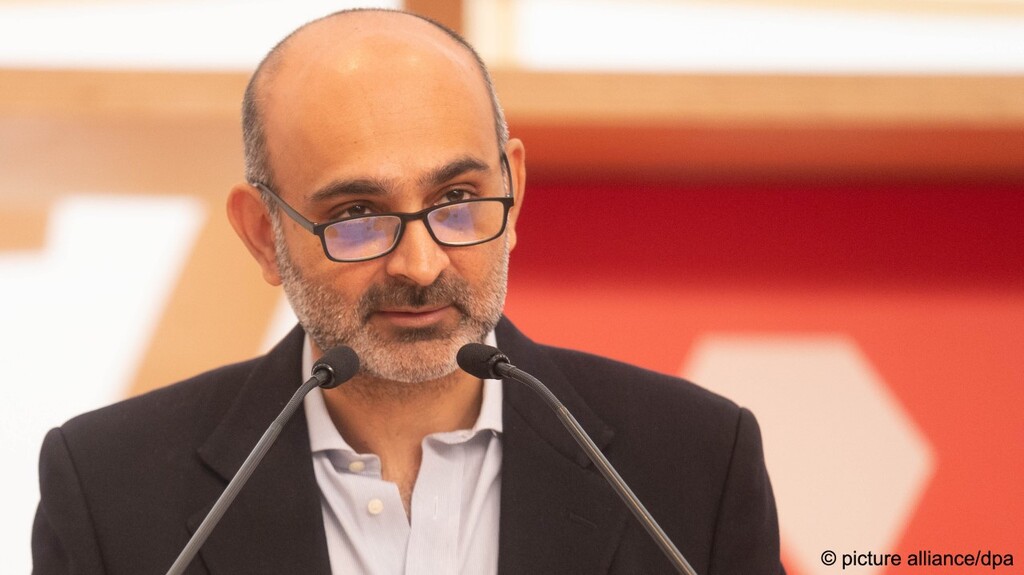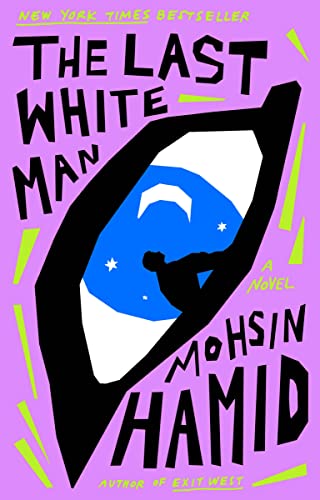The (familiar) stranger in the mirror

The shock Anders feels when he wakes up one morning to find that his white skin has turned dark brown is profound. Alarmed and unsettled, Anders examines his body, studies with disbelief the reflection of his face in the mirror, and registers how alien he has suddenly become to himself now that his skin is dark and he is a different Anders.
Shame, rage and grief wash over the young fitness instructor by turns. Afraid to go out of the house for the first few days, he calls in sick to work, eats whatever food he has in the house and wants "to believe that somehow he would change back, or be fixed". When he does at last venture out of the house, he feels "vaguely menaced" as he goes about town.
People look at him differently, but he also feels that he is slowly growing accustomed to his dark skin and that the transformation has triggered an inner process to "be, as it were, like himself" in a new, strange way. For the first time ever, he sees himself through other people's eyes and can imagine how it feels to be a dark-skinned man among white people.
An oppressive scenario
Hamid handles his experimental order elegantly. He describes in long, flowing sentences – at times up to 20 lines long – everyday encounters and events in the lives of his protagonists in a town in upheaval, as a growing number of inhabitants find their skin colour has changed. Anders is lucky that his girlfriend, Oona, likes his dark skin, and even sees aesthetic and psychological benefits in it.

As a yoga instructor, she is already open to the new challenges people face: it "allowed her to see the Anders in him more clearly, but whatever it was, she was glad to be there with him, glad and human, her need not mechanical, not a mechanism, but organic and so more complicated, and also more fertile."
Anders's father – like Oona's mother – reacts with incomprehension, shock and rejection to the inexplicable mass mutations taking place around them.
For many in the city, it seems unbearable that they have had to forfeit their white skin colour. People commit suicide; there is unrest; white people violently attack dark-skinned people.
For a while, it seems as if the plot is moving towards a civil-war-like situation. The reader is instinctively reminded of Jose Saramago's apocalyptic novel Blindness, where the mutation affecting characters is a loss of sight.
Hamid, on the other hand, is not primarily looking to create an oppressive scenario, even though much of the novel's tension – which sadly declines as the novel progresses – comes from the escalation of these conflicts.
His focus is instead on the human aspect. It is all about the things that happen in interpersonal relationships, which the narrator relates with incredible precision and delicate psychological sensitivity.
The fact that Hamid restricts himself to his protagonists (Anders and Oona) and the way they personally deal with the unfamiliar challenge they face means there is not much plot.
There is also hardly any dialogue either. Nevertheless, the way he recounts what is, to a certain extent, a shocking occurrence (the change of skin colour) in each individual, makes the story seem authentic and almost realistic, even though it is based on a fantastical assumption.
A believable story
The different reactions of the people in the novel in conjunction with the events taking place within the families (including the deaths of siblings and parents) lead us to believe the author's story and ultimately consider it normal that white people across the town are turning dark-skinned.
The tone of the text is at times poetic. The reflective narrative style and the novel's circling observations and descriptions seem to align themselves with the process of transformation they describe.
When Oona's skin one day changes colour too, she sees it as a shedding of the skin that affects her entire being. For Oona, it feels as if a load has been taken off her. In the mirror she sees "a stranger, but a complete stranger only for an instant, wondrous, that mouth, those eyes, and then a stranger Oona had met, a stranger who was growing familiar."
With The Last White Man, Hamid has created a work of fiction that vividly and authentically addresses topical subjects such as diversity, everyday racism and belonging to a group.
It is a literary masterpiece of great elegance and explosiveness.
© Qantara.de 2023
Translated from the German by Aingeal Flanagan